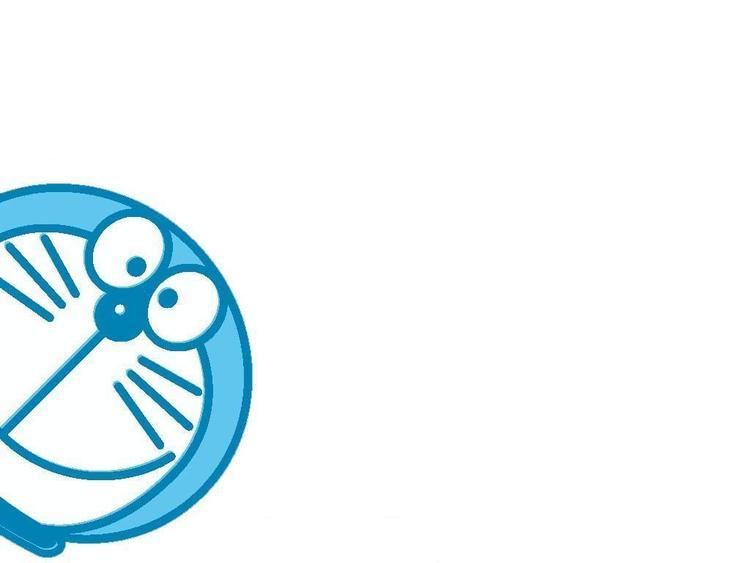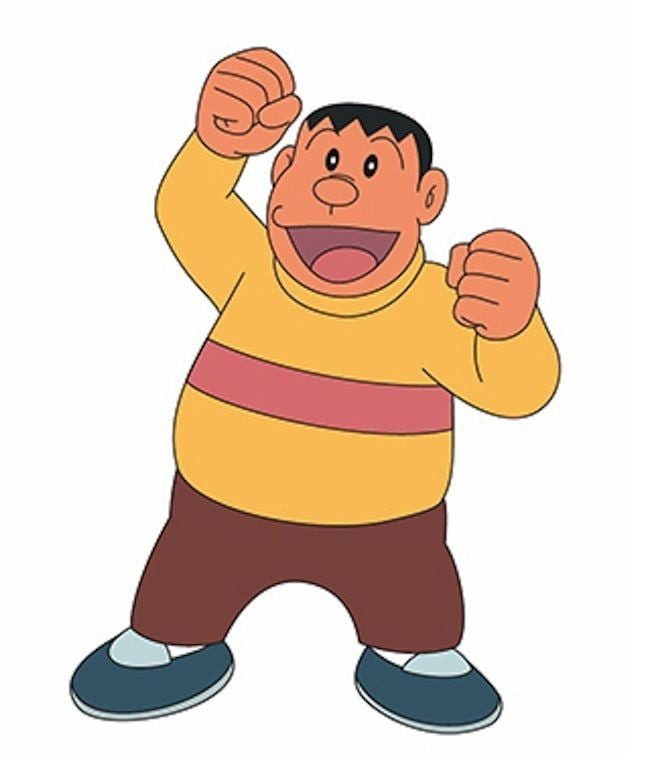First appearance December 1969 | ||
 | ||
Voiced by Japanese : Kōsei Tomita (1973) Masako Nozawa (1973, 1976) Nobuyo Ōyama (1979–2005) Kazue Takahashi (1980, yellow) Chisa Yokoyama (1995, yellow) Wasabi Mizuta (2005–present) English:Mona Marshall Relatives Sewashi (owner) Nobita Nobi (friend) Dorami (sister) Mii-chan (girlfriend) Played by Wasabi Mizuta, Nobuyo Ōyama Movies 2112: The Birth of Doraemon, Doraemon: Nobitas Dinosaur 2006, Doraemon the Movie: Nobitas Spaceblazer, Doraemon: Nobita's Dinosaur Similar Nobita Nobi, Shizuka Minamoto, Gōda Takeshi, Dorami, Suneo Honekawa | ||
Top 10 Doraemon Characters
Doraemon (Japanese: ドラえもん) is a fictional character in the Japanese manga and anime series of the same name created by Fujiko Fujio, the pen name of writing team Hiroshi Fujimoto and Motoo Abiko. He is a male robotic cat that travels back in time from the 22nd century to aid a preteen boy named Nobita. An "official" birth certificate for the character gives him a birth date of 3 September 2112 and lists his city of residency as Kawasaki, Kanagawa, the city where the manga was created. In 2008, Japan's Foreign Ministry appointed Doraemon the country's "anime ambassador".
Contents

Creation and conception

Doraemon was originally conceived by Hiroshi Fujimoto following a series of three events. When searching for ideas for a new manga, he wished a machine existed that would come up with ideas for him, he tripped over his daughter's toy, and heard cats fighting in his neighborhood.

The name "Doraemon" can be translated roughly to "stray." Unusually, the name "Doraemon" (ドラえもん) is written in a mixture of two Japanese scripts: Katakana (ドラ) and Hiragana (えもん). "Dora" derives from "dora neko" (どら猫, brazen or stray cat), and is a corruption of nora (stray).
Doraemon
Doraemon is sent back in time by a young boy named Sewashi Nobi to improve the circumstances of his great great grandfather, Nobita, so that his descendants may enjoy a better future. In the original timeline, Nobita experienced nothing but misery and misfortune manifested in the form of very poor grades and bullying throughout his life. This culminates in the burning down of a future business he sets up which leaves his family line beset with financial problems. In order to alter history and better the Nobi family's fortunes, Sewashi initially wanted to send a super-robot to protect Nobita, but with his meager allowance he could only afford an imperfectly-made factory-rejected toy: an anthropomorphic robot cat called Doraemon.

Doraemon was created on 3 September 2112 by the Matsushiba Robot Factory (マツシバロボット工場). He has a fourth-dimensional pocket (四次元ポケット) from which he produces gadgets, medicines, and tools from the future. The 1995 film shows his original appearance; when first created Doraemon had ears and was painted yellow, but he turned blue after sobbing because rats ate his ears.
In other media

French actor Jean Reno portrayed Doraemon in several live-action television commercials throughout 2011 and 2012. The advertisement's were created by Toyota and depict the series' characters two decades after they "grow up."
Doraemon appeared at the Tokyo video showcase at the 2016 Summer Olympics closing ceremony in anime form with his fellow anime characters Nobita, Shizuka, Gian, Suneo and other famous Japanese characters such as Captain Tsubasa, Pac-man & Hello Kitty. He later appeared at the video where he helped prime minister Shinzō Abe (dressed up as Mario) by planting a Warp Pipe from Shibuya Crossing to Maracanã Stadium.
Reception
In terms of popularity the character has been compared to Walt Disney's Mickey Mouse, and the character is considered to be an iconic figure in Japan. The character has received criticism in Chinese media outlets where they considered Doraemon to be a politically subversive character and that it was a tool of Japan's “cultural invasion". In his book Japan Pop: Inside the World of Japanese Popular Culture, author Timothy J. Craig wrote that the character of Doraemon "Though Doraemon is himself a high-tech product, he possesses an endearing personality that captivates young audiences. He is both a full member of Nobita's family and an intimate friend to Nobita and his companions. Portrayed in this way, Doraemon represents the optimistic view of the relationship between technology and humanity."
In a survey conducted by the Oricon in 2007 among 1,000 people, Doraemon was ranked as the second strongest manga character of all time, behind only Dragon Ball protagonist Son Goku
In 2008 the character of Doraemon was appointed as an "anime ambassador" to help promote Japanese anime worldwide and in 2013 Doraemon was considered to be the most popular character among Japanese children in a survey held by Video Research Ltd, a position the character had held in the survey since June 2009. On The Wall Street Journal's Japan Real Time, Toko Sekiguchi called it "arguably the most beloved cartoon character in Japan". Google Japan utilized Doraemon in its Google Doodle for 3 September 2009, in celebration of the character's 40th birthday.
In 2012, Hong Kong celebrated the birthday of Doraemon 100 years early with a series of displays of the character.
Politician Osamu Fujimura is known as the "Doraemon of Nagatacho" due to his figure and warm personality. Sumo wrestler Takamisugi was nicknamed "Doraemon" because of his resemblance to the character. ESP Guitars, have made several Doraemon shaped guitars.
During 2014, Doraemon was featured on the cover of all 51 magazines published by Shogakukan.
